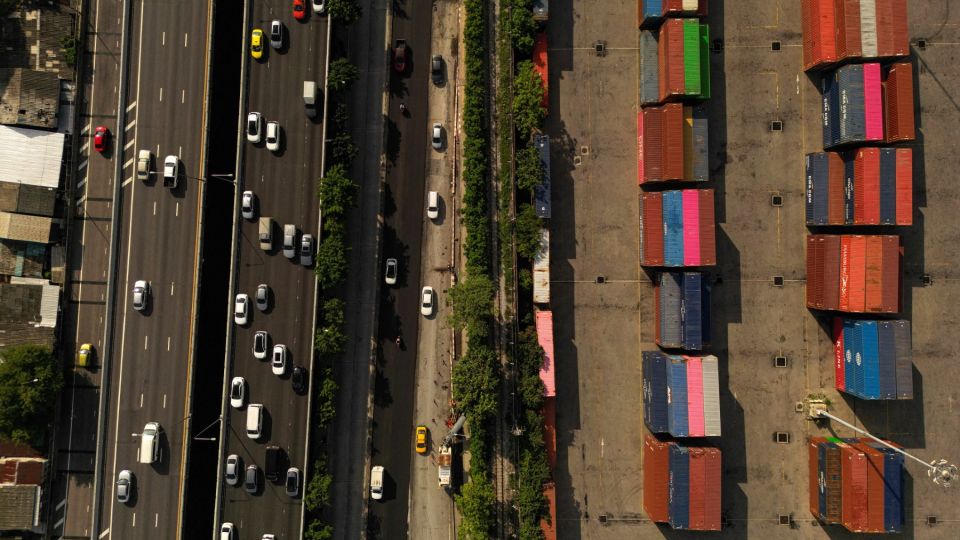September 16, 2025
BANGKOK – The service is being hailed as a breakthrough in international rail transport, expected to boost Thailand and ASEAN’s economic competitiveness in the near future.
Recently, State Railway of Thailand (SRT) governor Veeris Ammarapala, during a courtesy visit to Thai ambassador Lada Phumas in Kuala Lumpur on the sidelines of the 45th ASEAN Railway CEO’s Conference, highlighted progress in the Thailand–Malaysia rail link under the ASEAN Express initiative.
The project involves moving goods from China through Laos into Thailand, and onward to Malaysia, enhancing regional supply chains and efficiency.
Plans also include cross-border passenger services between Bangkok’s Krung Thep Aphiwat Central Terminal and Malaysia’s Butterworth station, aimed at seamless travel and stronger connectivity.
Veeris added that collaboration with the Thai embassy in Malaysia and the Foreign Ministry will be critical to overcoming obstacles and accelerating cooperation at the regional level, positioning Thailand as a central hub in ASEAN rail transport. This, he said, would strengthen economic, trade and tourism ties between Thailand and Malaysia.
According to Malaysian media reports, the new rail service is expected to open up fresh markets across the region while cutting costs for businesses and consumers.
The ASEAN Express was first trialled on June 27, 2025, with representatives from all four countries attending the launch ceremony. The inaugural journey began at the Kelana Jaya freight terminal in Selangor, Malaysia, and arrived in Chongqing, China, on July 11, carrying electronic goods and agricultural products. A second trial run in the opposite direction from Chongqing also successfully reached Selangor.
ASEAN Express rail cuts logistics costs by 30%
The ASEAN Express freight rail service, which connects ASEAN nations with China, is set to reshape regional trade routes. The line links Malaysia’s Kontena Nasional Inland Clearance Depot in Selangor, Thailand’s Lat Krabang Inland Container Depot, and Laos’ Thanaleng Dry Port before terminating in Chongqing, China.
The journey takes less than 14 days—far faster than the three weeks often required for sea freight. Industry experts say the service could help stimulate regional manufacturing and cut logistics costs by as much as 30%.
Reports from Malaysia suggest durian growers are already planning to export the popular Musang King variety to China via the new rail service by late 2025, following Beijing’s recent approval for fresh durian imports from Malaysia.
Thailand–Malaysia track gauge compatibility
KTMB, Malaysia’s Largest Railway Company, plans to operate two services per week between Kelana Jaya and Chongqing, with potential for expansion if demand grows. Containers can reach Padang Besar, on the Thai border, in less than a day without the need for gauge changes, as both Thailand and Malaysia operate on a one-metre track gauge.
This compatibility gives the route an edge, since differing gauges are a global challenge for cross-border rail freight. The Thailand–Laos connection, however, faces this problem: Laos uses the 1.435-metre standard gauge, forcing containers at the Thanaleng Dry Port in Vientiane to be transferred one by one, a process that takes nearly two hours.
Cheaper, greener and more sustainable
Reports also note that the ASEAN Express is on average 30% cheaper than road freight and offers a greener, more sustainable alternative. Analysts view it as “a strong starting point” that could strengthen Malaysia’s role as a key player in the region’s new rail corridor.
Pranee Muenphangwaree

